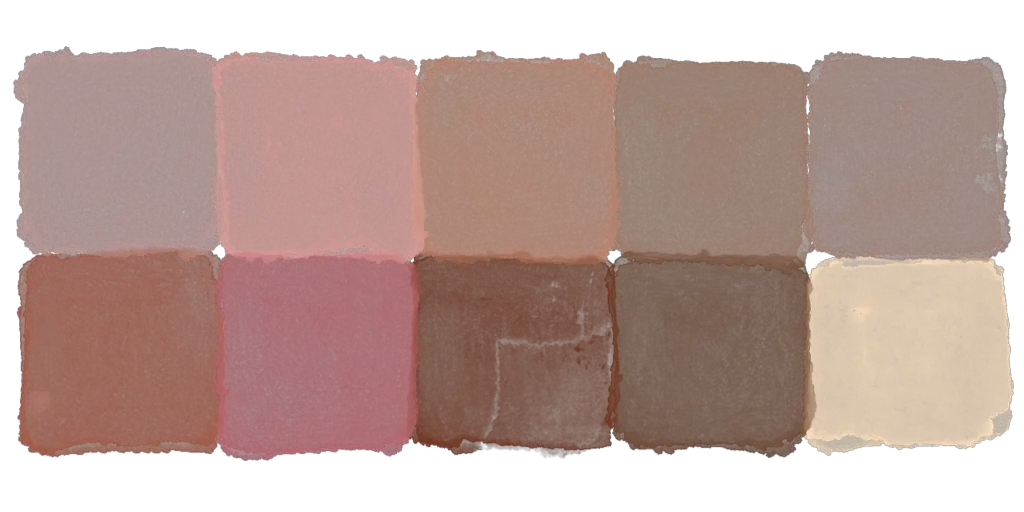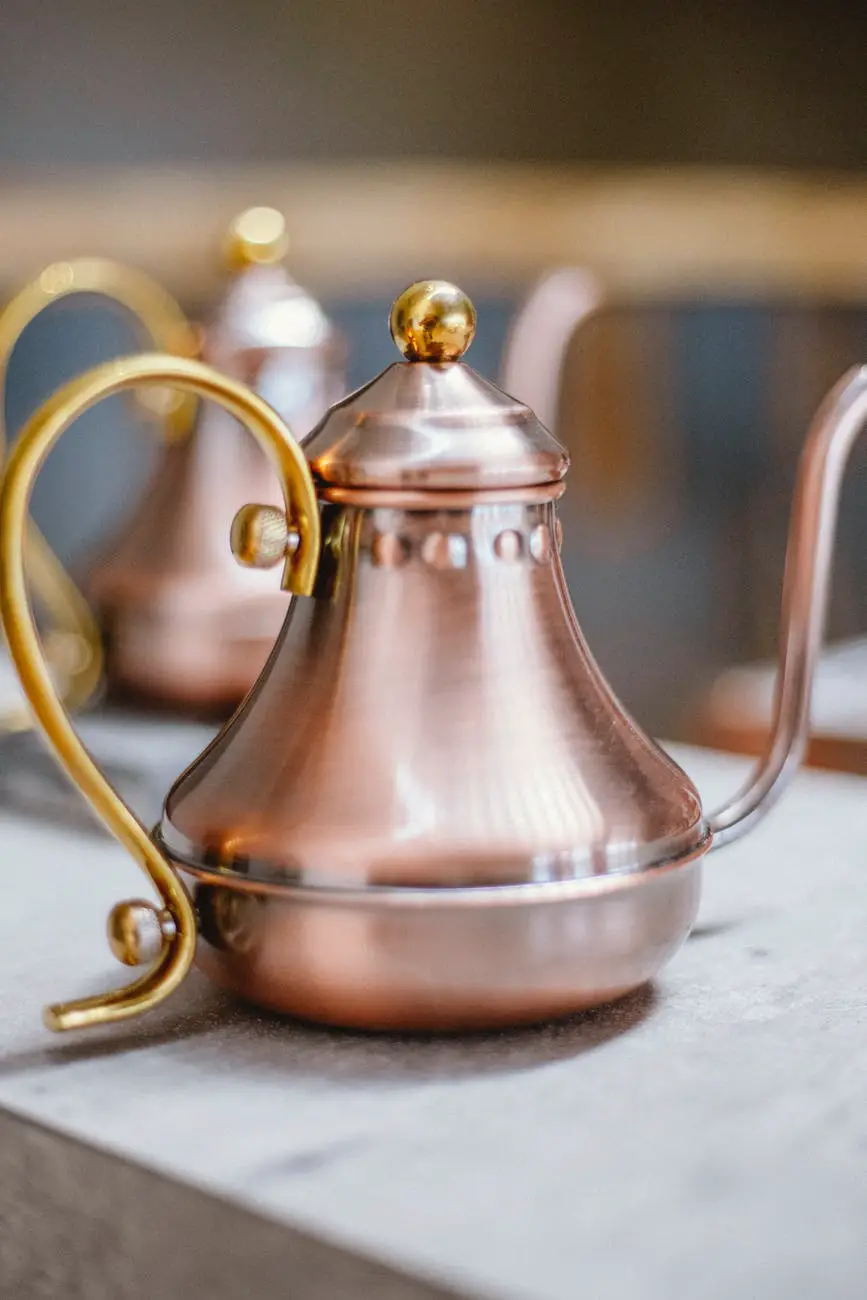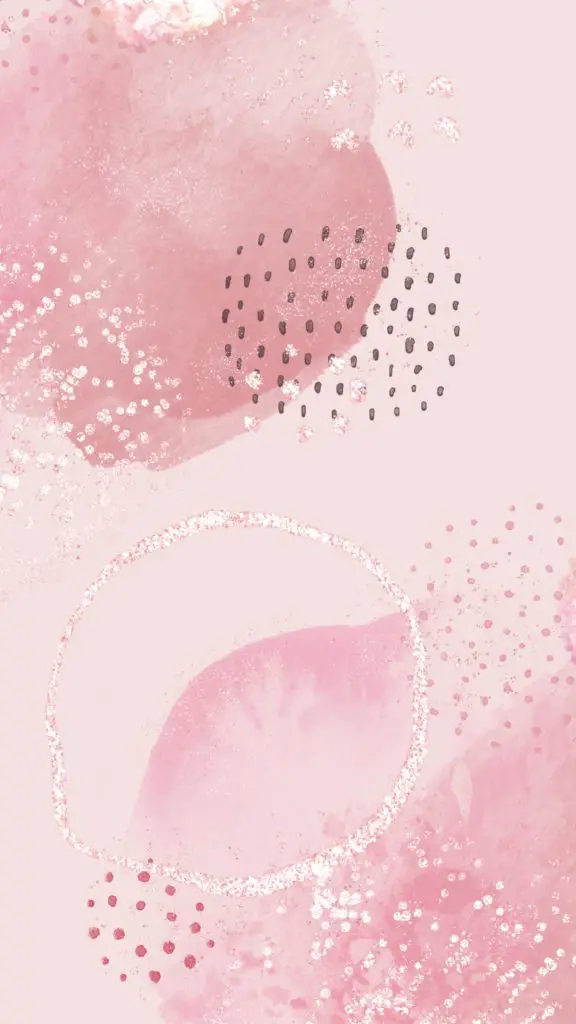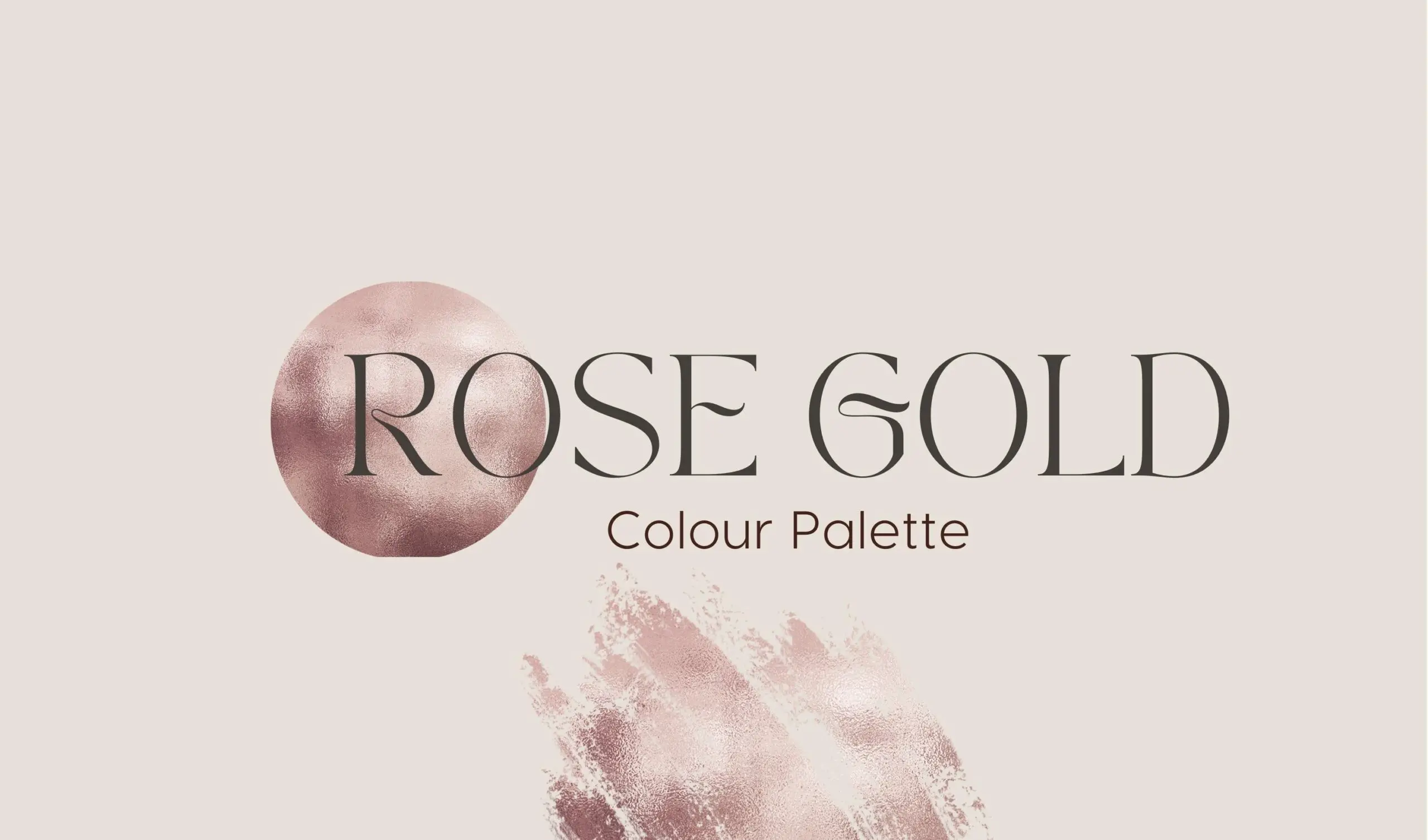Rose gold is more than just the colour of an iPhone. You can find the most beautiful rose gold colour palettes in the skies at sunrise and sunsets and in flower arrangements. But yes, above all, rose gold is an actual metal alloy.


Rose gold, as I’ve stated, is a real metal alloy that can be created by blending pure gold and copper, typically at a blend of 75% gold to 25% copper. The end result of this process is a robust, reddish gold precious metal. That being said, the more faithful source of inspiration to the rose gold colour seen on the market today is a blend of gold, copper, and a little bit of silver, used to create a rose gold that is softer, and has a more pinkish red colour, as opposed to the slightly more harsh, orange-ish red that copper lends to gold when the two are combined.
Most often seen under the name “rose gold” is a relatively gentle metallic colour, without the harsh golden glint of typical precious metals, and a warm, inviting pink overtone that is especially noticeable whenever the light catches it. When incorporating rose gold into a colour palette, it is important to remember these distinctions, that make it different to use as compared to colours like copper, bronze, or white gold, all of which have a more distinct glimmer than rose gold has.

Despite the fact that is is a metal, and not found in its polished state in nature, we can still find rose gold all around us if we know where to look. Whenever I need an example of what rose gold looks like when it is out in the world, I like to compare it to similar colours, such as dusty rose. Only that rose gold has a little extra shine to it, with a warm, coppery tone caused by pinkish highlights. While rose gold is more pink than dusty rose, when viewed just in the right light, the similarity is very plain to see. Just as is the case with dusty rose, there are many natural combinations that go well with rose gold. Just like regular, uncoloured gold, you can pair rose gold with colours that are too similar to it, in order for it to add a subtle metallic touch to your colour palette.

Because of its reduced shine as compared to glintier metals, rose gold does not seem as opulent or as excessive as gold or silver. It is as a hardier metal, meaning that it does not scratch as easily as gold, being a very soft metal does. While these do not apply to rose gold as it is used as a colour, they change how a viewer sees and interacts with rose gold as a colour transposed on a medium – you can use more rose gold paint than gold paint in acrylic or oil paint without it being perceived as negatively, or “tacky” even, by the viewer
However, just because you can get away with painting in rose gold in this way doesn’t necessarily mean you should do so regardless of the mood of the piece. Rose gold is also a very romantic colour – it contains both the gold of a wedding band and the pink-red of a flush, carrying with it the association of red and romance.
This being the case, it might be preferable to not overuse this paint if you’re going for a platonic composition, or would like it to reflect an older or more distinguished love, since colour theory generally assigns warm tones of red such as this one to interpretations of passion, young romance, or even passing fancy. This is not to say that it cannot be used subversively, but that, if choosing to use it is as such, you should be aware of what it is you are choosing to subvert, and how to do so most effectively.

While, as discussed, more saturated cool colours tend to the the first choice to pair with rose gold, you can also make a selection from the wide array of warm tones available to you. Rose gold is a very warm, saturated colour, and as such, it can be matched with a combination of other reds and oranges, so long as you do choose to balance it out with creams and whites to give it a more robust display. Red rose petals and orange peels have colours that go very naturally with rose gold, but are an opportunity to play with texture in addition to shades of colour.
As all metallic colours do, rose gold has a very reflective surface, so painting it alongside with different textures, especially those that do not reflect light so brightly, can make for a deeply engaging composition. The velvet of rose petals, as stated, and the pitted dimples on orange peel, both make for good choices, but, in addition, you can experiment with painting the fuzz on the surface of a pink peach, or the mottled texture of fig leaves. In general, when painting with something as artificial as a metal alloy forged into existence, combining it with natural colours, like fruit, flowers, and even animals (consider, for example, an oil painting of a cream-coloured cat with a rose gold colour) is a strong starting point for keeping the audience engaged.
Rose gold, though an artificial colour, reacts and reflects the natural world, making the colours of flora and fauna a perfect pairing. However, it being such a robust and interesting colour, being both easy to look at without overwhelming the eye with a bright metallic shine, as well as speaking of romance and wealth, it is only a matter of knowing how to use it, and when to use it. If you are aware of the mood that you’d like to achieve in your painting, you should be able to base a colour palette with rose gold at the centre as easily as any other colour.

